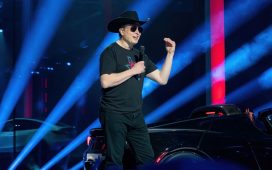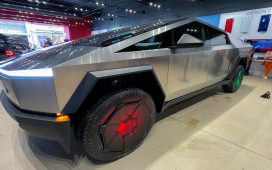“There is verbiage and there is getting on and doing stuff,” Ineos Chief Technology Officer Peter Williams said in an interview. “We would like to do something of serious scale in the next five years.”
For Ineos helping to kick-start the hydrogen economy would open up more attractive uses for the company’s output of the gas, a byproduct from the electrolysis of brine to make chlorine.
Ineos currently uses it for fuel and desulfurization at refineries. It also has underground gas-storage caverns that could be employed for hydrogen.
While the relative growth of battery-electric cars has cast some doubt on the future of fuel-cell vehicles, Hyundai and Toyota still see enormous potential in their technical advantages.
Hydrogen tanks can be refilled faster than batteries recharge, and fuel cells can offer greater driving range, particularly in heavier vehicles.
“Clearly Hyundai want to see their fuel-cell technology used globally,” Williams said. “They set up a business and they want to grow it and get into Europe and probably the U.S. as well.”
Hyundai aims to capture as much as 15 percent of the hydrogen-fueled truck market in Europe by 2030, targeting countries including Germany and the Netherlands. The company shipped its first batch of such trucks to Switzerland earlier this year and plans to produce 1,600 units by 2025.
Collaborating with Hyundai may also give Ineos’s plan to enter the auto market a boost.
Ineos announced plans in 2019 to build an SUV similar to the Land Rover Defender.
While the Grenadier will initially run on six-cylinder gasoline and diesel engines supplied by BMW, Ineos will assess the suitability of using Hyundai’s fuel cell system sometime in the future.








